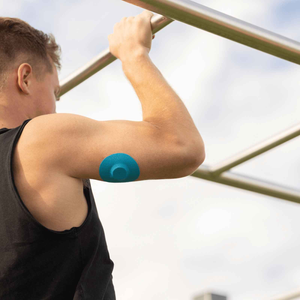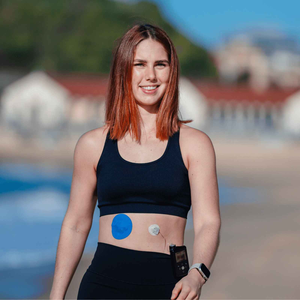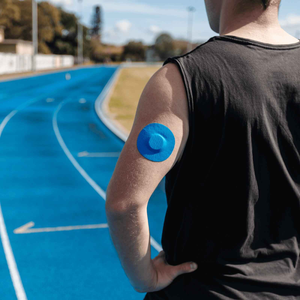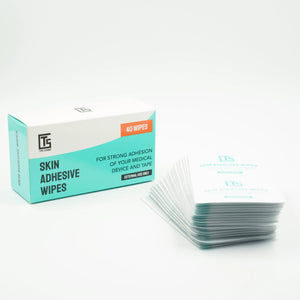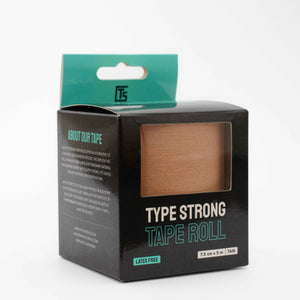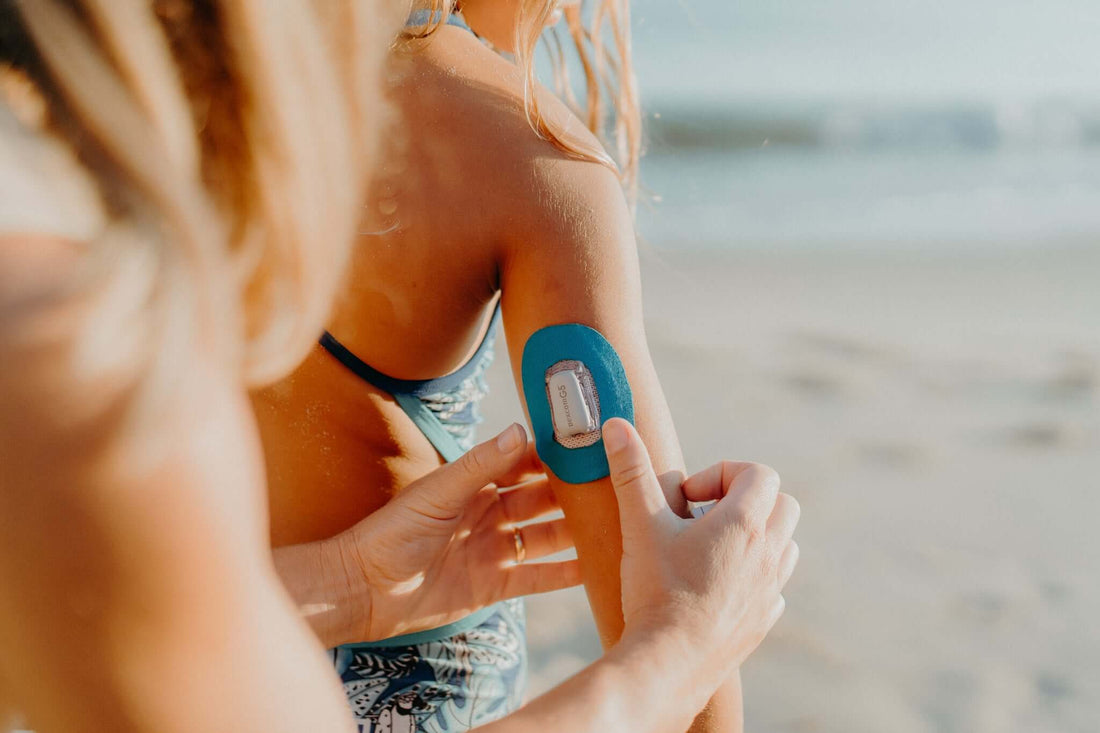Continuous Glucose Monitors (CGMs) have revolutionised diabetes management, offering real-time insights into blood sugar levels and empowering individuals to make informed decisions about their health. At Type Strong, we're committed to providing solutions that enhance the CGM experience, including our adhesive patches designed for secure and comfortable wear. In this comprehensive guide, we'll explore tips and strategies for using a CGM effectively to optimise diabetes management and improve overall well-being.
Understanding Continuous Glucose Monitoring: The Basics
Before delving into tips for effective CGM use, it's essential to understand how these devices work and their benefits for individuals with diabetes. CGMs consist of a sensor that measures glucose levels in interstitial fluid, a transmitter that sends data to a receiver or smartphone app, and a display device that provides real-time glucose readings.
Key benefits of CGM include:
1. Continuous Monitoring: CGMs provide continuous, real-time glucose readings, allowing individuals to track trends and patterns throughout the day and night.
2. Alerts and Alarms: CGMs can alert users to high or low blood sugar levels, reducing the risk of severe hypoglycaemia or hyperglycaemia.
3. Insights and Analysis: CGM data can be used to identify factors that affect blood sugar levels, such as food, exercise, medication, and stress, enabling individuals to make targeted adjustments to their diabetes management plan.
Tips for Effective CGM Use: Maximising the Benefits
Now, let's explore some tips and strategies for using a CGM effectively:
1. Ensure Proper Sensor Placement: The accuracy of CGM readings depends on the sensor's placement. Follow the manufacturer's instructions for sensor insertion and placement to ensure accurate and reliable readings. Rotate sensor placement sites regularly to minimise skin irritation and ensure consistent performance.
2. Calibrate as Directed: Some CGM systems require periodic calibration with fingerstick blood glucose measurements to maintain accuracy. Follow the manufacturer's guidelines for calibration frequency and procedure to ensure reliable CGM readings.
3. Stay Hydrated: Adequate hydration is essential for accurate CGM readings, as dehydration can affect interstitial fluid glucose levels. Drink plenty of water throughout the day to stay hydrated and support optimal CGM performance.
4. Check Sensor Accuracy: Periodically compare CGM readings with fingerstick blood glucose measurements to assess sensor accuracy. If you notice discrepancies between CGM readings and fingerstick measurements, troubleshoot sensor issues or recalibrate as needed.
5. Set Customisable Alerts: Customise CGM alerts to suit your individual needs and preferences. Set thresholds for high and low blood sugar alerts based on your target range and personal preferences. Adjust alert settings as needed to minimise false alarms and optimise alert effectiveness.
6. Use Trend Arrows Wisely: Pay attention to trend arrows on the CGM display, which indicate the direction and rate of glucose change. Trend arrows can help you anticipate and respond to impending highs or lows, enabling proactive diabetes management.
7. Utilise Data Analysis Tools: Take advantage of CGM data analysis tools and software features to review trends, patterns, and statistics. Use these insights to identify factors that influence your blood sugar levels and make informed decisions about your diabetes management plan.
8. Communicate with Healthcare Team: Share CGM data with your healthcare team during routine appointments or virtual consultations. Your healthcare provider can offer valuable insights and recommendations based on CGM data, helping you optimise your diabetes management plan for better outcomes.
9. Practice Proper Sensor Care: Follow proper sensor care and maintenance practices to prolong sensor longevity and ensure optimal performance. Clean the sensor insertion site with alcohol wipes before insertion, and avoid using lotions or creams that may interfere with sensor adhesion.
10. Stay Informed and Educated: Stay up-to-date on the latest CGM technologies, software updates, and best practices for CGM use. Attend educational events, webinars, or support group meetings to learn from others' experiences and stay informed about advancements in CGM technology.
Harnessing the Power of CGM with Type Strong
Continuous Glucose Monitoring has transformed diabetes management, providing individuals with valuable insights and empowering them to take control of their health. By following these tips and strategies for effective CGM use, individuals can maximise the benefits of CGM technology and optimise their diabetes management for better health outcomes.
At Type Strong, we're dedicated to supporting individuals with diabetes on their journey to better health. Our adhesive patches for continuous glucose monitors are designed for secure and comfortable wear, enhancing the CGM experience and empowering individuals to live their best lives with diabetes.
Sources:
1. American Diabetes Association. (n.d.). Continuous Glucose Monitoring. https://www.diabetes.org/diabetes/continuous-glucose-monitoring
2. Diabetes UK. (n.d.). Continuous Glucose Monitoring (CGM). https://www.diabetes.org.uk/guide-to-diabetes/managing-your-diabetes/testing/cgm
